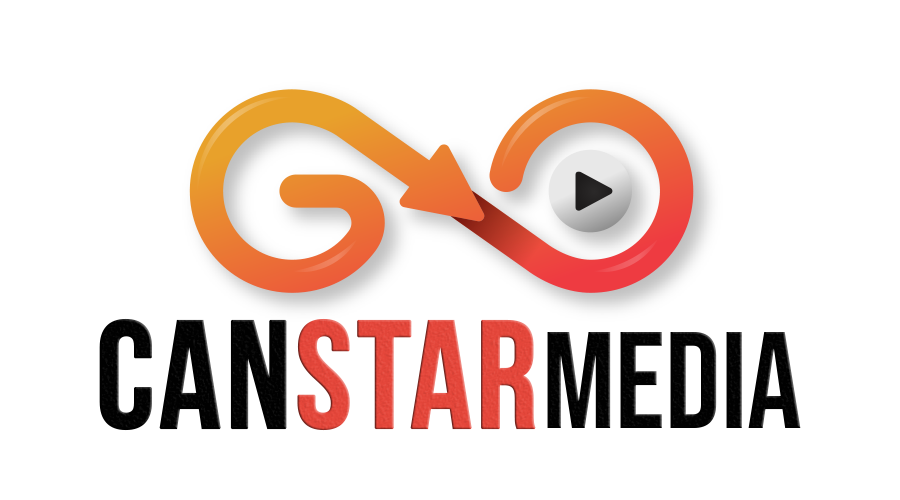Dizziness and balance disorders can be both alarming and limiting. Often, these discomforts are linked to the vestibular system, an integral part of the inner ear that governs our sense of balance and spatial positioning. Thankfully, Vestibular Rehabilitation therapy offers a promising solution.
Deciphering Vestibular Disorders
Before exploring the nuances of vestibular rehabilitation, it’s crucial to understand the foundational issues that call for this intervention. Our vestibular apparatus communicates head and body movements relative to gravity to the brain. When there’s a malfunction, it can manifest as dizziness, blurred vision, vertigo, and difficulty maintaining equilibrium. Various triggers, ranging from inner ear infections to head injuries, can disrupt this system.
Relevance of Vestibular Rehabilitation in Recovery
Vestibular Rehabilitation becomes crucial in managing these disorders as it trains the brain to compensate for signals it’s missing from the vestibular system. Through consistent therapy, many patients find significant, if not complete, relief from their symptoms.
Common Causes for Vestibular and Balance Disorders
Several factors can impair the vestibular system, leading to vertigo and dizziness:
- Benign Paroxysmal Positional Vertigo (BPPV): Small calcium particles lodge in the inner ear, causing short episodes of dizziness when moving the head in certain positions.
- Labyrinthitis or Vestibular Neuritis: This inner ear problem is caused by an infection. The infection affects the nerve that senses balance, leading to intense vertigo and some hearing loss.
- Meniere’s Disease: Caused by fluid accumulation and fluctuating pressure in the ear, this condition can induce vertigo, tinnitus, and even hearing loss.
- Migraine: Some migraine sufferers occasionally face vertigo as one of their symptoms.
Benefits of Seeking Treatment Early
The earlier a patient seeks Vestibular Physiotherapy for dizziness or vertigo, the better their prognosis. Early intervention can prevent chronic symptoms, reduce the risk of dangerous falls, and ensure a quicker return to normal daily activities.
Vestibular Rehabilitation: What Does It Entail?
Vestibular Rehabilitation is designed to alleviate both primary and secondary problems caused by vestibular disorders. It’s an exercise-based program aimed at reducing vertigo and dizziness, gaze instability, and/or imbalance and falls.
- Habituation: Aimed at patients who experience dizziness in response to visual stimuli or when moving. These exercises involve intentionally inducing dizziness by specific movements or visual stimuli so the brain can adapt and reduce dizziness over time.
- Gaze Stabilization: Essential for those whose dizziness or vertigo occurs when the head is moving. The exercises train the brain to maintain focus on a stationary object while moving the head.
- Adaptation and Substitution: Over time, the brain learns to use other senses to substitute for deficient vestibular function. Vestibular rehabilitation assists in this process, helping patients adapt to altered signals from the vestibular system or prioritize input from other senses like vision and proprioception.
- Balance Training: Crucial for individuals struggling with instability during routine tasks. The exercises can be as simple as standing on one foot or as complex as performing tasks on unstable surfaces.
The Psychological Impact and Coping Mechanisms
Vertigo and balance disorders can severely impact a person’s psychological well-being. The unpredictability of dizziness can cause anxiety, especially in social settings or unfamiliar environments. Depression can also manifest when individuals feel they’ve lost their independence. Vestibular rehabilitation therapists not only address the physical symptoms but also provide strategies and resources for patients to cope emotionally, ensuring a holistic recovery approach.
The Role of Education in Rehabilitation
Equipping patients with knowledge about their condition is a cornerstone of effective vestibular therapy. Understanding the mechanics of what’s happening inside the ear, the reasons behind certain exercises, and the triggers to avoid can make a significant difference in recovery. Patients who are informed tend to be more proactive and engaged in their rehabilitation process.
Long-Term Maintenance and Support
Vestibular disorders can sometimes be chronic, requiring ongoing maintenance even after the initial intensive phase of rehabilitation. Follow-up sessions, support groups, and continued exercises at home can be part of a long-term strategy. Vestibular physiotherapy doesn’t just stop when the symptoms diminish; it’s about ensuring that they don’t recur and that patients have the tools to manage them if they do.
Empowering the Patient: Home-based Interventions
While in-clinic sessions are crucial, therapists also emphasize the importance of home-based exercises and interventions. These routines ensure consistent progress and allow the patient to have control over their recovery. Equipping them with the right tools, be it instructional videos, exercise bands, or even mobile applications that track progress, can make a significant difference in their rehabilitation journey.
Conclusion
In the maze of medical terms and treatments, Vestibular Rehabilitation shines as a solution for those plagued by dizziness and balance disorders. As research advances and awareness spreads, more individuals can hope to find relief. For those in Edmonton and beyond, institutions like Momentum Physiotherapy are reliable clinics that provide expert care in Vestibular Physiotherapy Edmonton.



